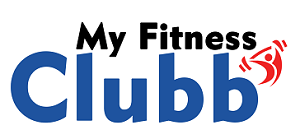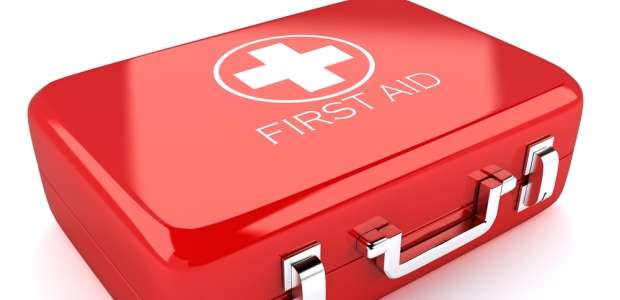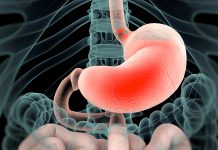Wounds are injuries to the skin, mucous membranes, muscles, nerves, blood vessels, bones, and internal organs. These are very common types of injuries. If you want to know how to help in such situations, visit erste hilfe kurse.
The main signs of a wound:
- gaping edges
- pain
- bleeding
First aid: apply a dressing to any wound, aseptic (sterile) if possible. If bleeding is severe, stop it by any suitable means. With extensive wounds of soft tissues, at fractures of bones and wounds of large blood vessels and nerve trunks immobilization of a limb by serviceable or improvised means is necessary. Take the victim as quickly as possible to a medical facility.
How to Provide First Aid in Shock
Shock in the general sense – a state when the body is struggling to resist mortal danger but is slowly losing this battle.
In Erste-Hilfe Kurs München you can learn several types of shock, including hypovolemic – due to severe blood loss (with external or internal bleeding).
Signs:
- the pallor of the skin
- deterioration (up to loss) of consciousness
- cold sweat
- dilated pupils
- rapid breathing and pulse
- drop in blood pressure
- in severe cases there may be vomiting, ashy complexion, blueness of the skin.
First aid: provide necessary aid according to the type of wound (stop bleeding, immobilize a fracture, etc.), wrap victim with a blanket, lay him horizontally with his head slightly lowered, immediately call qualified medical personnel.
First Aid for Carbon Monoxide Poisoning
The formation of carbon monoxide occurs during combustion and in industrial settings.
In erste hilfe seminar you can learn these signs of gas poisoning:
- headache
- dizziness
- nausea
- vomiting
- stunned state
- sharp muscle weakness
- dilated pupils
- dimmed consciousness
- seizure
- sharp tension (rigidity) of muscles
- rapid shallow breathing
- rapid heartbeat
- loss of consciousness
- coma
First aid: take the victim out into the fresh air, free the neck and chest from constricting clothes, if necessary perform artificial respiration and indirect heart massage, take him to a medical facility immediately. Learning this information from erste hilfe kurs günstig may help to save someone’s life.









